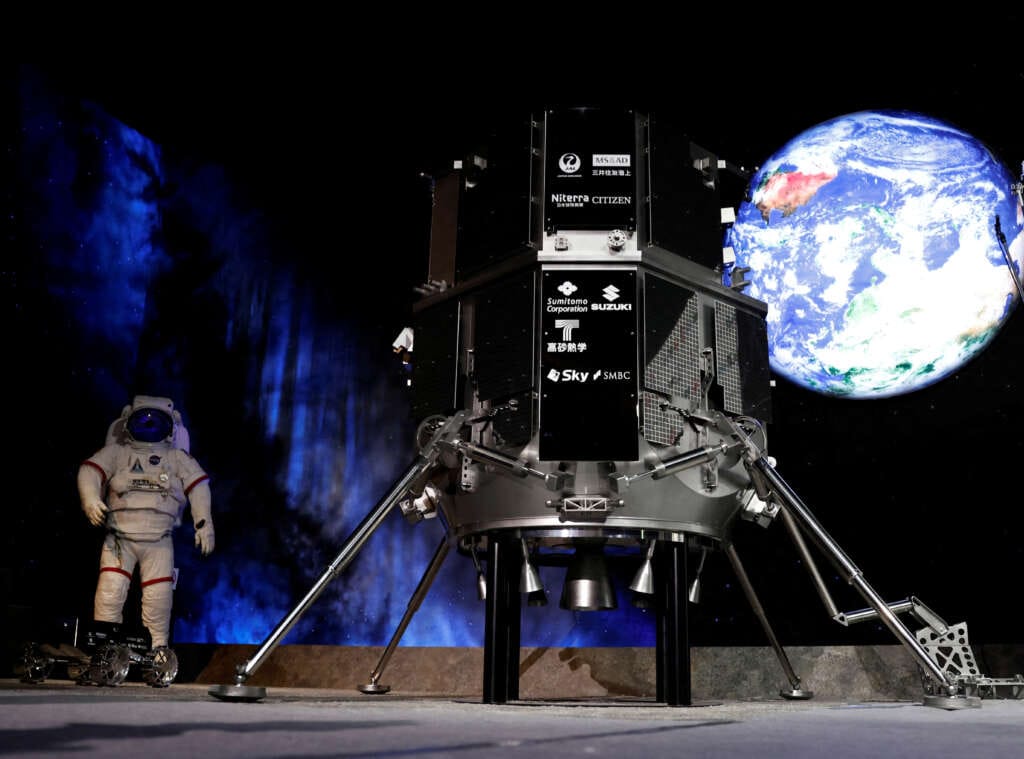
Failed moon landing caused by altitude miscalculation, Japan startup says
TOKYO (Reuters) – Japanese startup ispace inc’s failed Hakuto-R moon landing mission last month was caused by an altitude miscalculation that meant the spacecraft ran out of fuel, the company said on Friday.
Tokyo-based ispace lost connection with the Hakuto-R Mission 1 lander after the spacecraft attempted what would have been the world’s first commercial soft-landing on the moon’s surface.
The crash was the latest setback in Japan’s space programme. The national space agency in March had to destroy its new medium-lift H3 rocket after it reached space, and its solid-fuel Epsilon rocket failed after launch in October.
Improvements would be made for the next two missions, ispace said.
“Through these two missions, it is very important for us to increase our knowledge as much as possible to achieve stable commercialisation in the future,” ispace chief executive Takeshi Hakamada told reporters at the Japan National Press Club.
Whereas national space agencies dominated space exploration in decades past, numerous private players are competing in a new space race between the United States and its allies versus an increasingly ambitious China.
NASA has relied on Elon Musk’s SpaceX to carry many of its payloads into orbit, and last week the agency awarded a lunar lander contract to a team led by Jeff Bezos’ Blue Origin.
After launching its Hakuto-R lander aboard a SpaceX rocket with much fanfare in December, ispace shares made a blistering debut on the Tokyo Stock Exchange in April. But during the final landing phase in the early hours of April 26, ispace lost contact with the craft.
Shares in ispace surged to as much as 2,373 yen, more than 9 times their IPO price, in the days following their debut. They crashed to below 800 yen after the Hakuto-R’s failure, but have since recovered, last trading at 1,748 yen.
Photos of debris and an impact crater at the Hakuto-R’s intended landing site were released this week by NASA, which scanned the area with its Lunar Reconnaissance Orbiter.
An ispace investigation showed that after the vehicle passed over a large lunar cliff, a sensor software glitch caused a discrepancy between its actual and expected altitude, and after its fuel ran out, it plummeted the last 5 kilometres (3 miles) to moon’s surface.
A second ispace mission is scheduled in 2024, with another M1 lander due to carry the company’s own rover. From 2025, the company is set to work with U.S. space software developer Draper to bring NASA payloads to the moon, aiming to build a permanently staffed lunar colony by 2040.
(Reporting by Kantaro Komiya and Rocky Swift; Editing by Chang-Ran Kim, Barbara Lewis & Simon Cameron-Moore)


